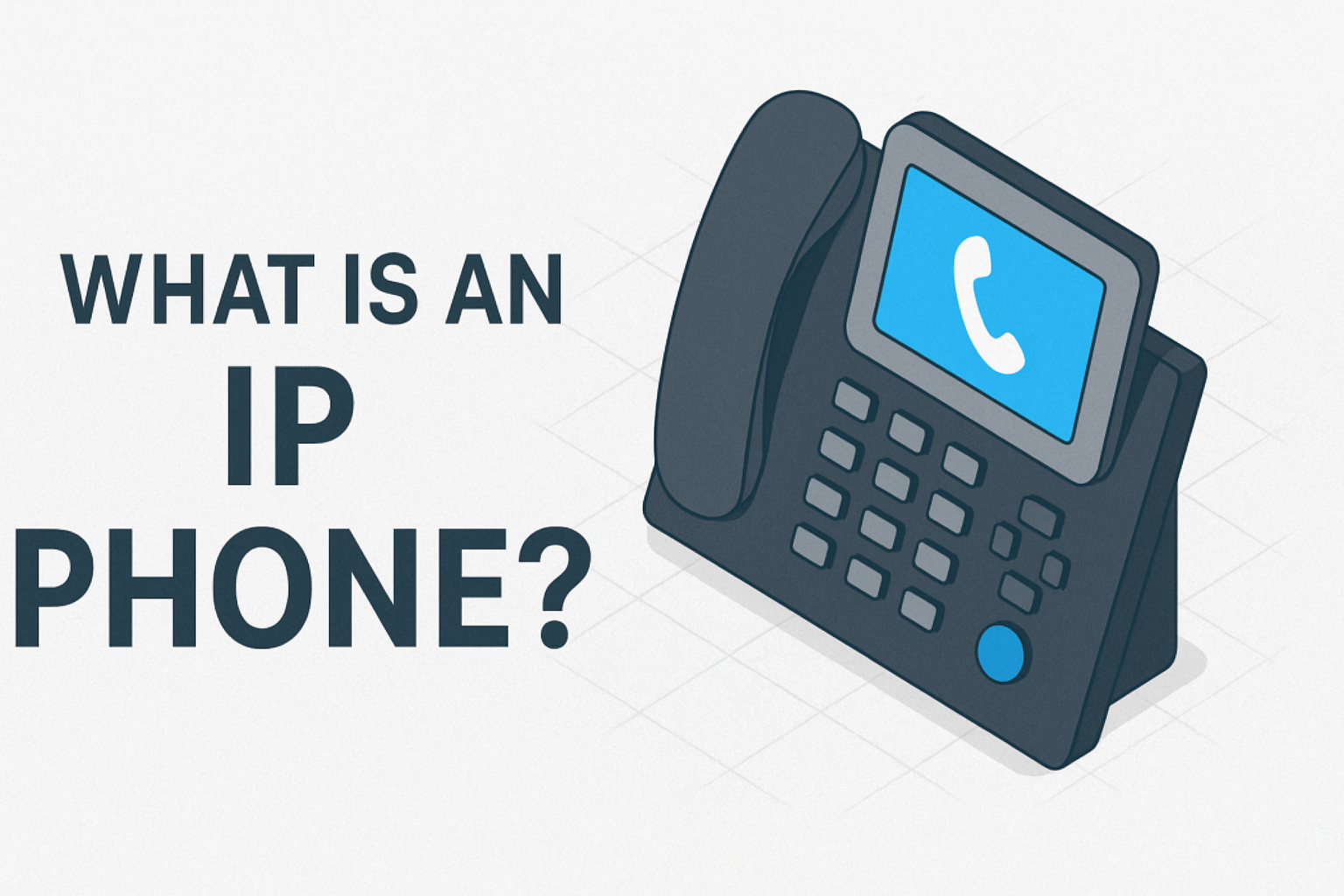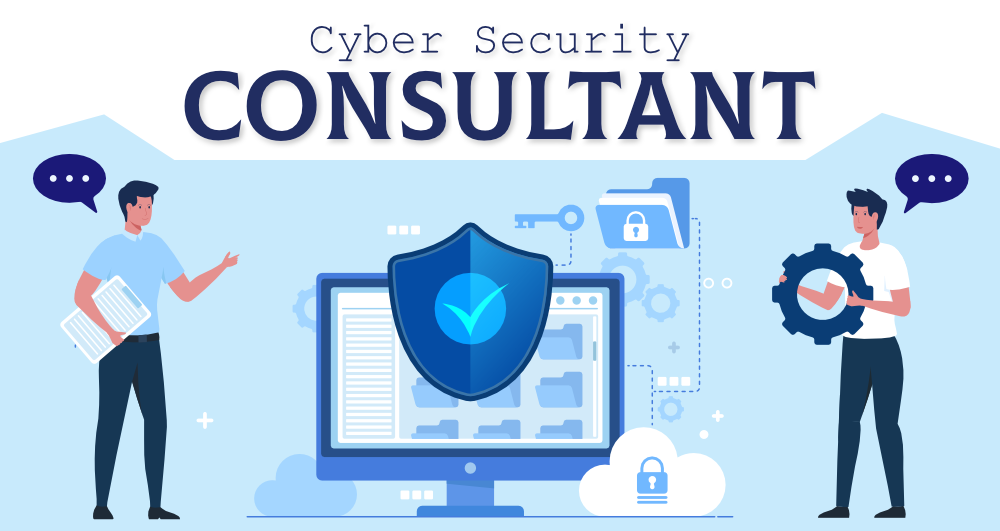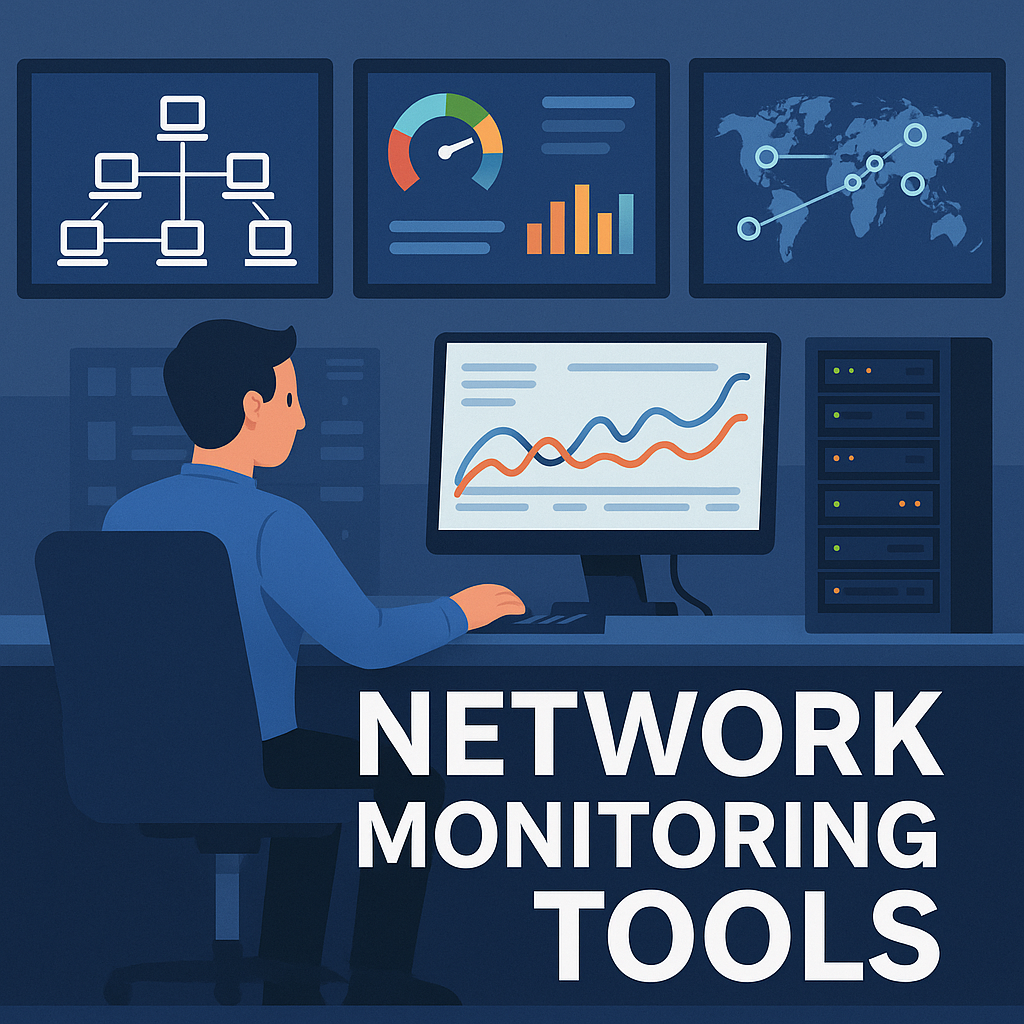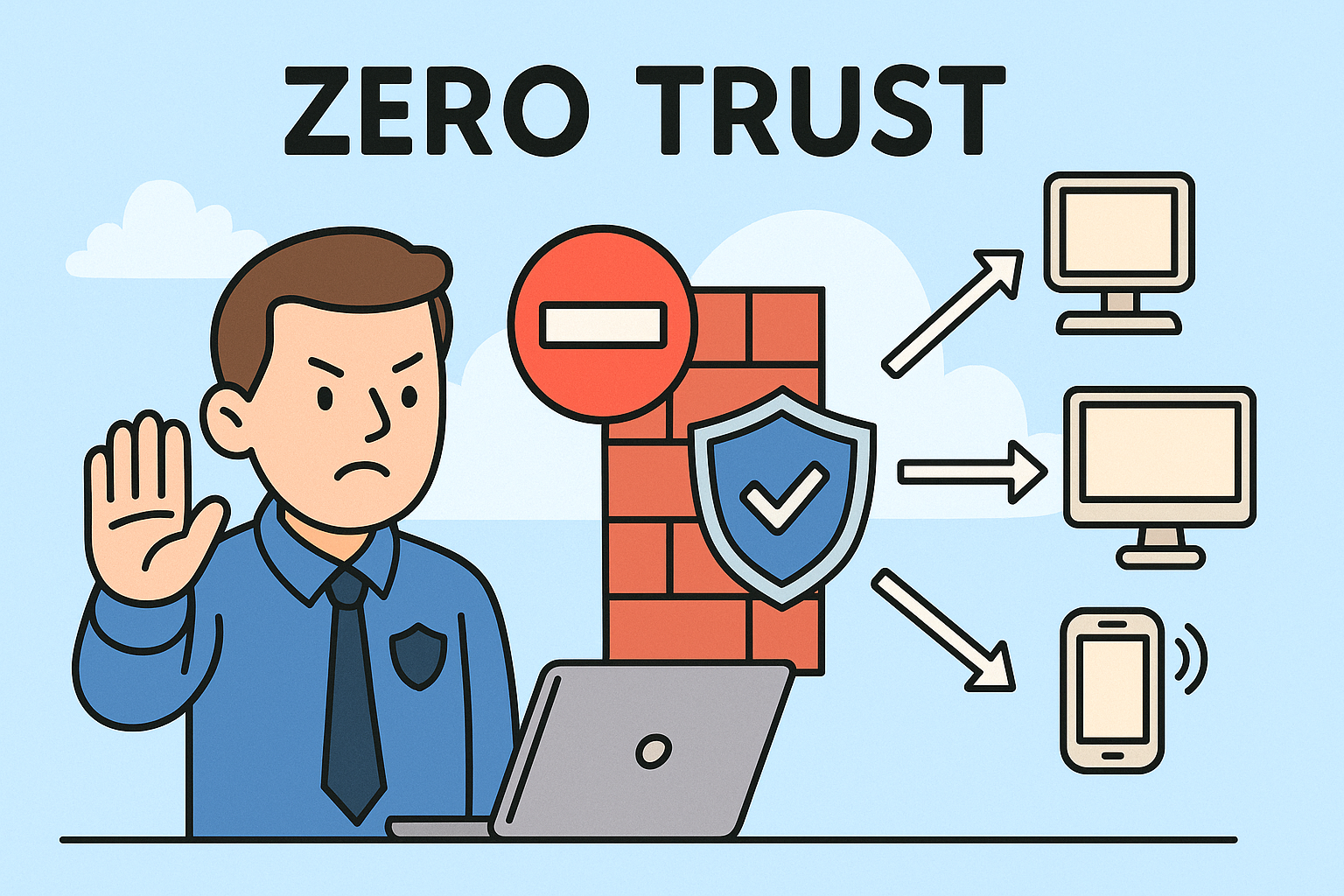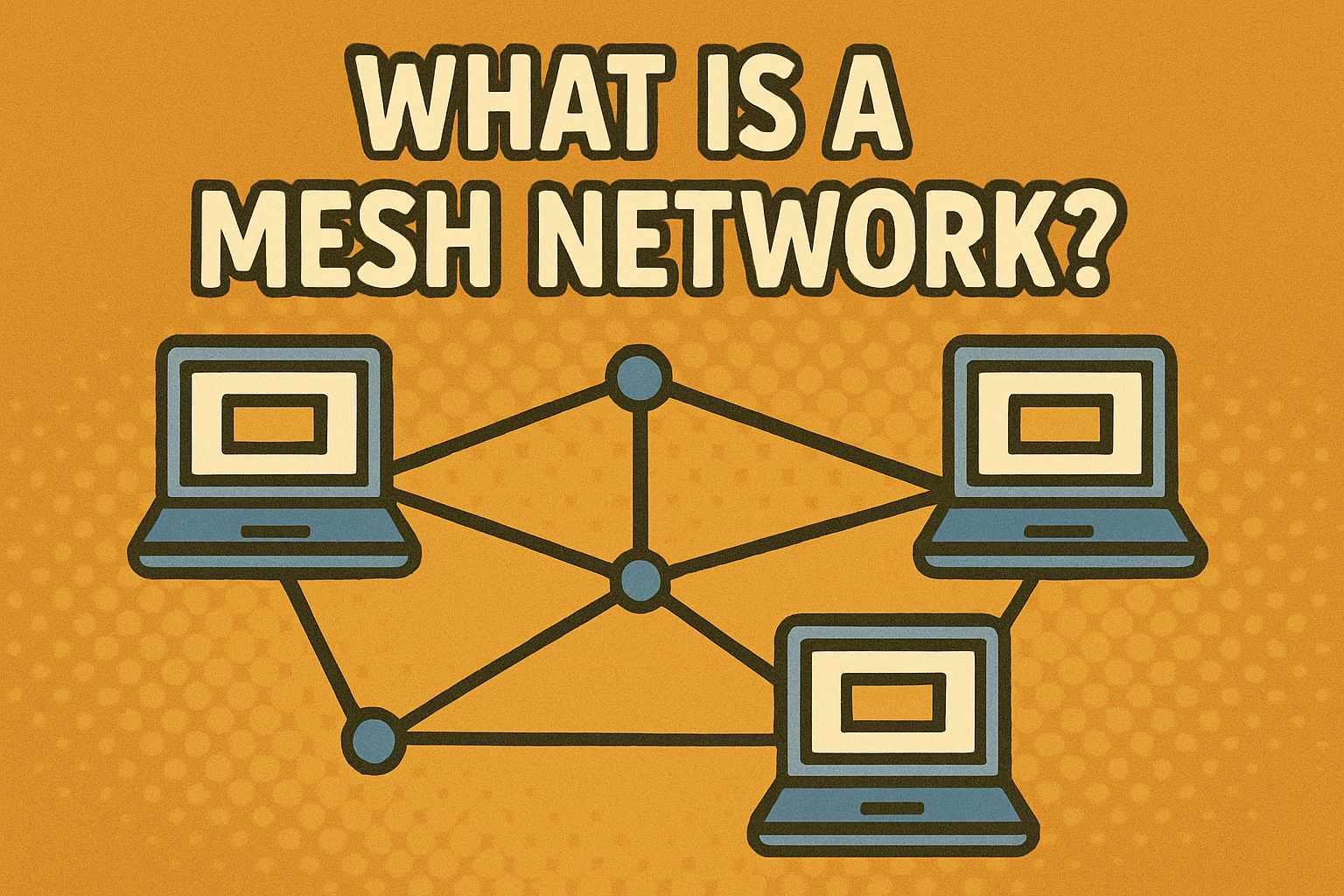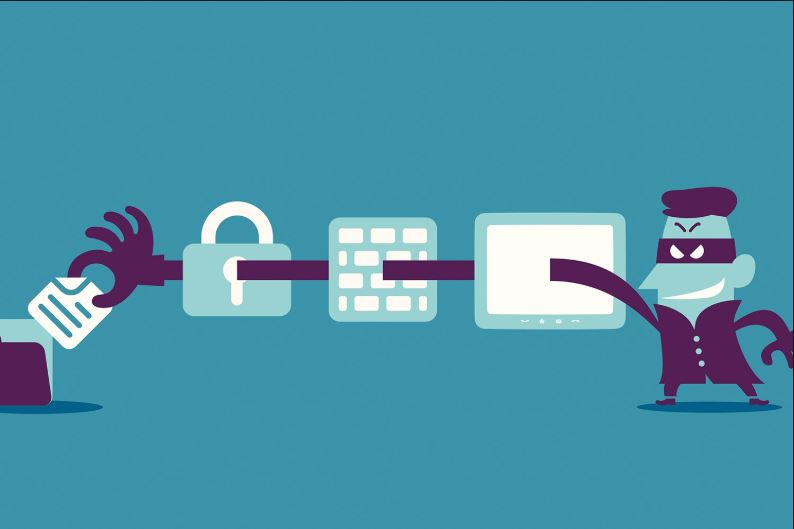What Is an LLM? A Beginner-to-Expert Guide for Business and Tech Leaders
Updated on August 21, 2025, by Xcitium
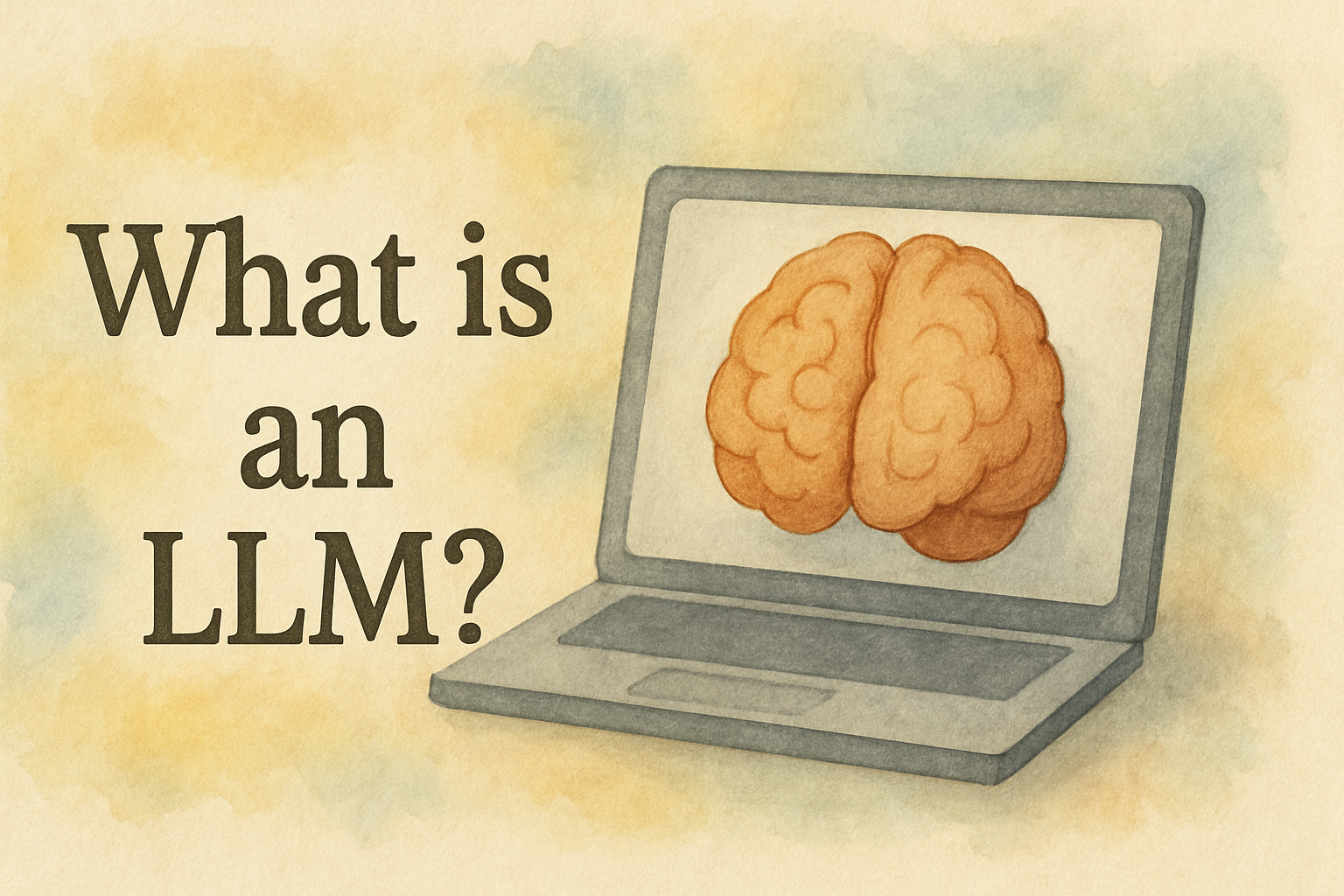
Have you noticed the surge in conversations about AI tools like ChatGPT and other advanced models? Behind these tools lies something called an LLM (Large Language Model). If you’ve been asking yourself “what is an LLM and why does it matter?”, you’re not alone.
For IT managers, cybersecurity professionals, and business leaders, understanding LLMs is more than just tech jargon. These models are reshaping automation, data analysis, threat detection, and even customer engagement. In this article, we’ll break down what an LLM is, how it works, and why it’s relevant to your organization.
What Is an LLM?
An LLM, or Large Language Model, is an artificial intelligence system trained on vast amounts of text data. Its purpose is to understand and generate human-like language.
- Primary Function: Predicts and generates text.
- Training Data: Billions of words from books, websites, code, and documents.
- Applications: Chatbots, coding assistants, cybersecurity monitoring, content creation, and more.
In short, an LLM mimics human language patterns to help automate communication, problem-solving, and decision-making tasks.
How Does an LLM Work?
LLMs rely on deep learning techniques, particularly a neural network architecture known as a transformer.
- Data Input – Text and code are fed into the model during training.
- Pattern Recognition – The model identifies patterns in word sequences.
- Prediction – It predicts the most likely next word in a sentence.
- Refinement – Feedback fine-tunes its accuracy and reduces errors.
For example:
When you type, “What is cybersecurity?”, the LLM predicts the most relevant and coherent explanation based on its training data.
Why LLMs Matter for Cybersecurity & IT
1. Threat Detection and Analysis
LLMs can analyze logs, alerts, and network data to identify unusual activity faster than humans.
2. Automated Reporting
They generate clear reports for IT teams and executives without manual effort.
3. User Training
LLMs help create interactive simulations for phishing awareness and security training.
4. Efficiency in Operations
Instead of spending hours scripting or searching, IT managers can leverage LLM-powered tools for instant insights.
Business Benefits of Using LLMs
For CEOs and business leaders, the benefits go beyond IT:
- Enhanced Productivity – Automates repetitive communication tasks.
- Cost Savings – Reduces the need for large support teams.
- Customer Experience – Improves chatbots and virtual assistants.
- Innovation – Enables rapid prototyping and decision support.
Key Examples of LLMs in Action
- ChatGPT by OpenAI – Used for writing, coding, and answering questions.
- Claude by Anthropic – Focused on safe and ethical AI usage.
- Google Gemini – Integrated into productivity apps like Gmail and Docs.
- Xcitium AI-Powered Tools – Applied in cybersecurity for endpoint protection and threat analysis.
Challenges and Risks of LLMs
While powerful, LLMs come with risks:
- Bias in Training Data – Can reflect misinformation or stereotypes.
- Security Concerns – Malicious actors may use LLMs for phishing or malware.
- Data Privacy – Sensitive data fed into models may be exposed if not secured.
- Over-Reliance – Businesses must balance automation with human oversight.
Best Practices for Organizations Using LLMs
- Implement Strong Security Policies – Restrict sensitive data from being input into public models.
- Regularly Monitor Outputs – Validate AI-generated insights before use.
- Train Employees – Ensure staff understand both benefits and limitations.
- Leverage Trusted Vendors – Choose AI solutions from vendors with proven cybersecurity measures.
Frequently Asked Questions (FAQ)
1. What does LLM stand for?
LLM stands for Large Language Model, a type of AI trained to understand and generate human-like text.
2. How is an LLM different from traditional AI?
Traditional AI often handles structured data, while LLMs focus on unstructured text, making them better at conversations and natural language tasks.
3. Can LLMs replace cybersecurity professionals?
No. They assist experts by automating tasks and offering insights but require human oversight for decision-making.
4. What industries benefit most from LLMs?
Cybersecurity, IT, healthcare, finance, and customer service all see efficiency and innovation gains from LLMs.
5. Are LLMs safe to use in business?
Yes, when implemented with proper security practices and used via trusted vendors.
Conclusion
Understanding what an LLM is is no longer optional—it’s essential. For IT managers, cybersecurity teams, and CEOs, LLMs represent both an opportunity and a responsibility. They can supercharge efficiency, enhance security, and open doors to innovation, but must be used wisely and securely.
Ready to See How AI Can Transform Cybersecurity?
👉 Request a free demo with Xcitium today and discover how AI and LLMs can strengthen your endpoint protection.





